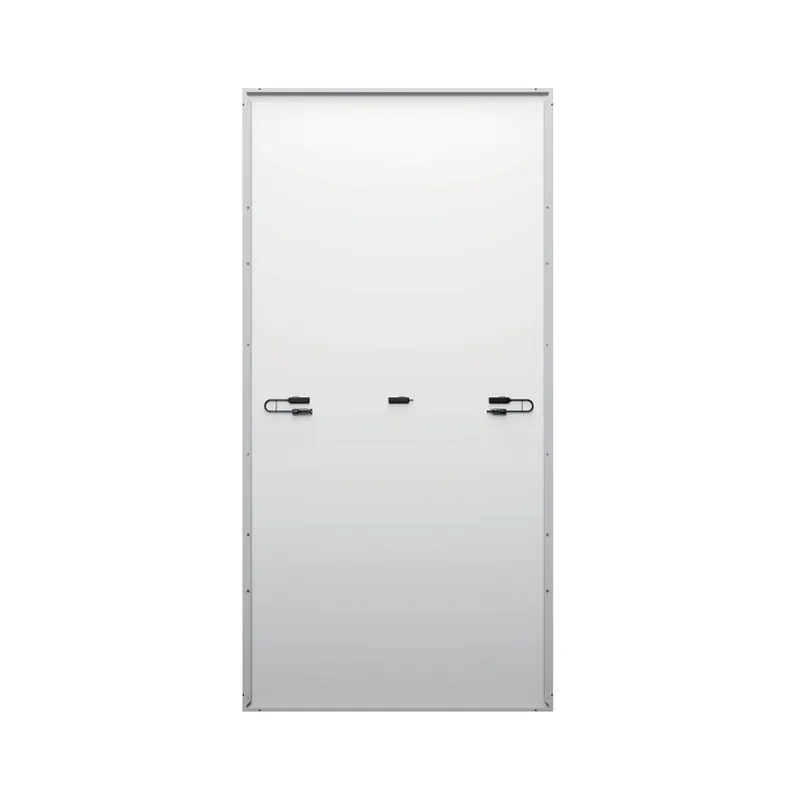Understanding the Dimensions of a 300 Watt Solar Panel in Feet
Understanding the Size of a 300 Watt Solar Panel
As the world shifts toward renewable energy sources, solar power has gained significant traction among homeowners and businesses alike. One of the key components of a solar power system is the solar panel itself, and when considering the installation of solar panels, many individuals often wonder about the size, particularly when opting for a 300-watt solar panel. This article delves into the size of a 300-watt solar panel, its implications for installation, and factors influencing solar power efficiency.
Dimensions of a 300 Watt Solar Panel
A 300-watt solar panel typically measures around 65 inches by 39 inches, which is approximately 5.4 feet by 3.25 feet, or about 17.5 square feet in total area. However, dimensions can slightly vary depending on the manufacturer and the technology used, such as monocrystalline or polycrystalline panels. Monocrystalline panels are usually more efficient and take up less space compared to polycrystalline panels, which can be an important consideration if you have limited roof space or are seeking to maximize power output.
Factors Influencing Size
The size of solar panels is influenced by several factors, including the efficiency of the solar cells, the type of technology used, and the desired power output. Generally, higher wattage panels, such as a 300-watt panel, will have a larger surface area than lower wattage panels since they need to capture more sunlight to generate the additional wattage. Choosing solar panels that balance size and efficiency can lead to a more effective solar power system.
Installation Considerations
300 watt solar panel size in feet

When planning for the installation of a 300-watt solar panel system, size matters. Homeowners must ensure that their roofs have adequate space to accommodate the required number of panels. To determine the necessary number of panels, individuals can calculate their energy needs (measured in kilowatt-hours) and divide it by the expected energy output of the panels per day, taking into account factors like location, weather, and orientation.
For example, if a household consumes 1,200 kilowatt-hours per month, that translates to about 40 kWh per day. In ideal conditions, a single 300-watt panel may produce approximately 1.5 kWh per day. Thus, to meet their energy needs, the homeowner would require about 27 panels, assuming optimal conditions, which translates to a substantial area requirement.
Efficiency and Power Generation
While the size of a solar panel is an important factor, efficiency is equally crucial. The efficiency of a solar panel is its ability to convert sunlight into usable electricity. Higher efficiency panels will generate more power per square foot, which can offset the limitations imposed by size. A 300-watt monocrystalline panel, for example, will typically have an efficiency rating of around 18-22%. In contrast, a polycrystalline panel may offer an efficiency rating of around 15-18%.
Opting for higher efficiency panels could reduce the number of panels needed for a system, ultimately saving both space and money. When evaluating panels, consumers should consider both the wattage and efficiency, as they directly affect the overall performance and space requirements of the solar installation.
Conclusion
In conclusion, the size of a 300-watt solar panel measures around 5.4 feet by 3.25 feet, but various factors can influence panel dimensions and performance. When planning a solar installation, individuals must consider not only the space available on their roofs but also their energy needs and the efficiency of the selected panels. As technology advances, newer and more efficient panels continue to emerge, promising to deliver more power in less space. Investing in solar technology can provide long-term savings and a reduced carbon footprint, contributing to a more sustainable future. Transitioning to solar energy is an important step toward harnessing the benefits of renewable energy, making it a viable option for environmentally conscious homeowners and businesses.
-
Unlocking Energy Freedom with the Off Grid Solar InverterNewsJun.06,2025
-
Unlock More Solar Power with a High-Efficiency Bifacial Solar PanelNewsJun.06,2025
-
Power Your Future with High-Efficiency Monocrystalline Solar PanelsNewsJun.06,2025
-
Next-Gen Solar Power Starts with Micro Solar InvertersNewsJun.06,2025
-
Harnessing Peak Efficiency with the On Grid Solar InverterNewsJun.06,2025
-
Discover Unmatched Efficiency with the Latest String Solar InverterNewsJun.06,2025







